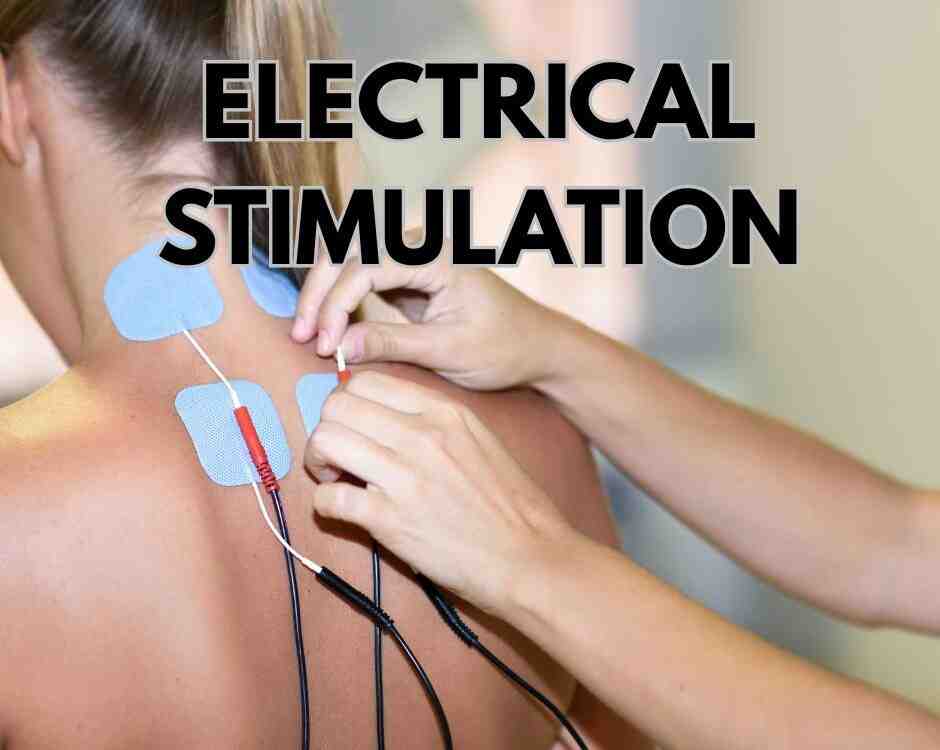Spinal Traction and Car Accidents

What is That Noise?
May 20, 2024
Tips on Balance and Stability After Car Accidents
June 4, 2024Spinal Traction and Car Accidents
Car accidents can lead to a wide range of spinal injuries. Dr. Deryk Harting, a team member of one of the highest rated auto injury medical care facilities in the Tampa Bay area, candidly discusses spinal traction and car accidents.
Some common spinal conditions include facet joint syndrome, herniated discs, and spinal stenosis. These injuries differ in severity due to various impacts and forces on the spine as well as other factors such as occupant’s position, airbag deployment, etc. Spinal stenosis is characterized by spinal canal narrowing and can occur from fractures or soft tissue injuries caused by sudden impacts. Spinal stenosis is also the result of degenerative changes like arthritis which can be exacerbated in a car accident. Herniated discs, also known as disc herniation or slipped discs, occur when the soft inner core of a spinal disc protrudes through the tough outer layer and can compress the spinal cord and nearby nerves. This is often due to compression or twisting movements during a collision. Additionally, facet joint syndrome refers to pain and inflammation in the small joints located at the back of the spine. Facet joints can be sprained or damaged by abrupt spinal movements, leading to facet joint syndrome.
Spinal traction is a therapy used to relieve pressure on the spine and alleviate symptoms associated with spinal conditions such as herniated discs, degenerative disc disease, spinal stenosis, and facet joint syndrome. The goal of spinal traction is to create space between the vertebrae, decompress spinal discs, and reduce pressure on nerves and surrounding structures. This can help alleviate pain, improve mobility, and promote healing in the spine.
There are two main types of spinal traction:
- Mechanical Traction: Mechanical traction involves the use of specialized equipment to apply traction force to the spine. This equipment typically includes a traction table or device that supports the body while force is applied either by a therapist or through a mechanical device. Mechanical traction can be applied in various positions, such as lying down or seated, depending on the specific needs of the patient and the targeted spinal region.
- Manual Traction: Manual traction is performed by a trained healthcare provider, like a physical therapist or chiropractor, using their hands to apply traction force to the spine. The provider may use specific techniques to gently pull or stretch the spine and gradually increase the amount of traction based on the patient’s tolerance and response to treatment.
The traction force applied to the spine creates a pulling effect which helps to accomplish the following:
- Decompress spinal discs: By creating space between the vertebrae, spinal traction can relieve pressure on compressed discs, allowing them to rehydrate and regain their natural shape.
- Reduce nerve compression: Spinal traction can help alleviate symptoms associated with nerve compression (pain, tingling, numbness, or weakness into an extremity) by relieving pressure on the affected nerves.
- Stretch soft tissues: Traction force applied to the spine can stretch and elongate soft tissues such as muscles and tendons which may have become tight or contracted due to spinal misalignment or injury.
- Improve spinal alignment: Spinal traction can help correct spinal misalignments and improve overall spinal alignment which may contribute to pain relief and improved function.
Spinal traction is typically used as part of a comprehensive treatment plan for spinal injuries stemming from car accidents and may be combined with other therapies such as heat/cryotherapy, manual therapy, exercises, and therapeutic ultrasound. The frequency and duration of spinal traction sessions vary depending on the severity of the spinal condition, the patient’s response to treatment, and the recommendations of the healthcare provider.
It is important for spinal traction to be performed under the guidance of a trained healthcare professional to ensure effectiveness and patient safety. While spinal traction can provide relief for many individuals with spinal conditions, it may not be suitable for everyone so potential risks or contraindications should be carefully considered before undergoing treatment.
— This article is written by Deryk Harting, DC, one of the members of Chambers Medical Group’s team of car accident chiropractors who offer a variety of treatments and therapies ranging from diagnostic testing to various soft tissue therapies for car accidents and injuries in Florida.
- Car Accident Medical Clinic in Tampa
- Car Accident Medical Clinic in Plant City
- Car Accident Medical Clinic in Brandon
- Car Accident Medical Clinic in Lakeland
- Car Accident Medical Clinic in Sarasota
- Car Accident Medical Clinic in Louisville
- Car Accident Medical Clinic in Lexington
- Car Accident Medical Clinic in Florence




